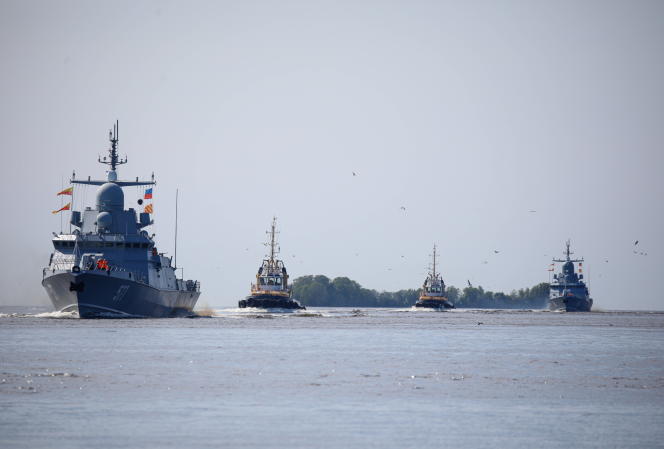The Vasa Museum in Stockholm is worth a visit for several reasons. The complete and perfectly preserved wreck of the flagship of the Swedish fleet is one of them. THE Vasa sank in 1628, a few minutes after the start of her maiden voyage, in the heart of the young capital of one of the great European powers of the time. Painful episode for national pride.
But the museum also tells the geopolitical context which had prevailed with the construction of this giant of the seas whose essential mission, with its 64 guns, was to ensure the safety of the logistic lines in the Baltic Sea for the Swedish troops which fought in Poland. , at a time when most of the Baltic Sea was bordered by territories conquered by the Swedes.
Today, when Finland has just joined NATO at the Vilnius summit on 11 July and Sweden is on its doorstep awaiting ratification by the Turkish and Hungarian Parliaments which could come this autumn, the Baltic Sea is again at the dawn of a major geopolitical upheaval.
On Wednesday August 2, Russia, which intends to show that it does not allow itself to be impressed by this enlargement of NATO on its borders, announced through the voice of the Ministry of Defense the launch of new maneuvers in the Baltic Sea. The “Ocean Shield 2023” naval exercise is expected to train 30 warships and boats, 20 support ships, 30 aircraft from the Russian Naval Aviation and Air and Space Forces and about 6,000 military personnel. Stated objectives of the exercise: to protect maritime communications, the transport of troops and military cargoes and the defense of the coastline. These maneuvers, as always, will be closely followed by neighboring countries. First and foremost is Sweden.
“Up to 10,000 traces”
A few kilometers from the site of the shipwreck of the Vasa, another Swedish warship, anchored in its home port of the Stockholm archipelago, bides its time. the corvette HMS Harnosand carries out the same mission as the Vasa. Its 64 guns have been replaced by eight Robot 15 missile launchers with a range of 100 kilometers, and its hull is made of carbon fiber reinforced plastic, a stealth technology that is supposed to make the ship difficult to detect, quite the opposite of the ship. of the XVIIe century with its multitude of colorful sculptures intended on the contrary to impress the enemy.
The current missions of the 4e combat flotilla are coastal defense – the main one, focused on mine clearance and anti-submarine warfare –, protection of shipping lanes and intelligence. At the end of July, before the start of the Russian maneuvers, there were some 3,800 traces in the Baltic Sea, from freighters to sailing boats. “But it can go up to 10,000 traces”notes Captain Anders Bäckström, commander of the 4e combat flotilla, aboard the HMS Harnosand, making this almost closed sea a space where navigation is extremely dense, not to mention wind farms or submarine cables.
You have 69.76% of this article left to read. The following is for subscribers only.
